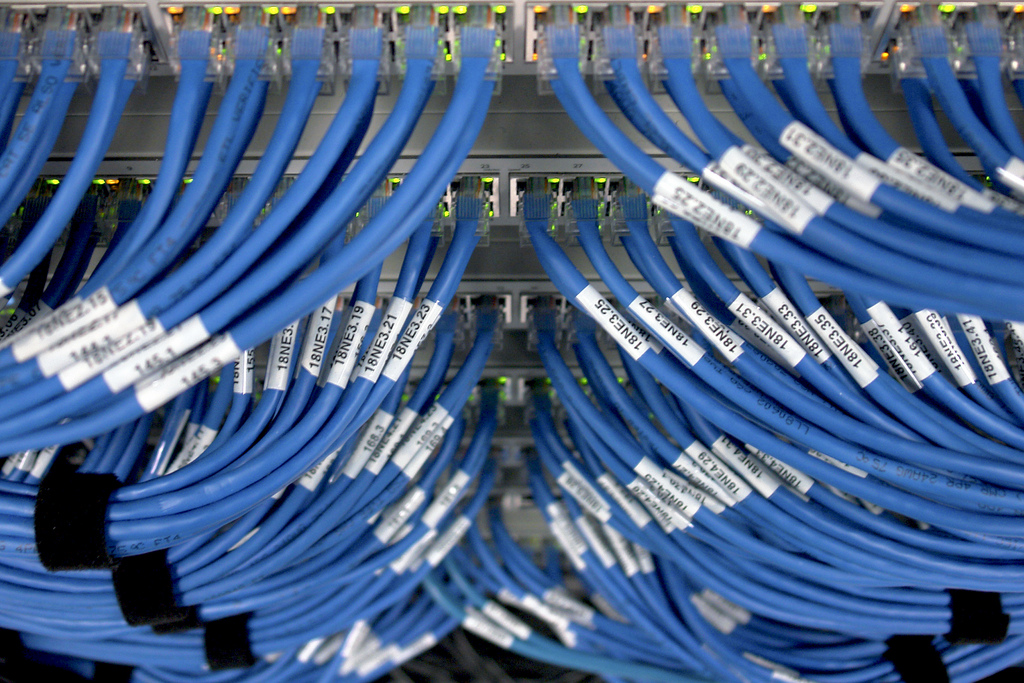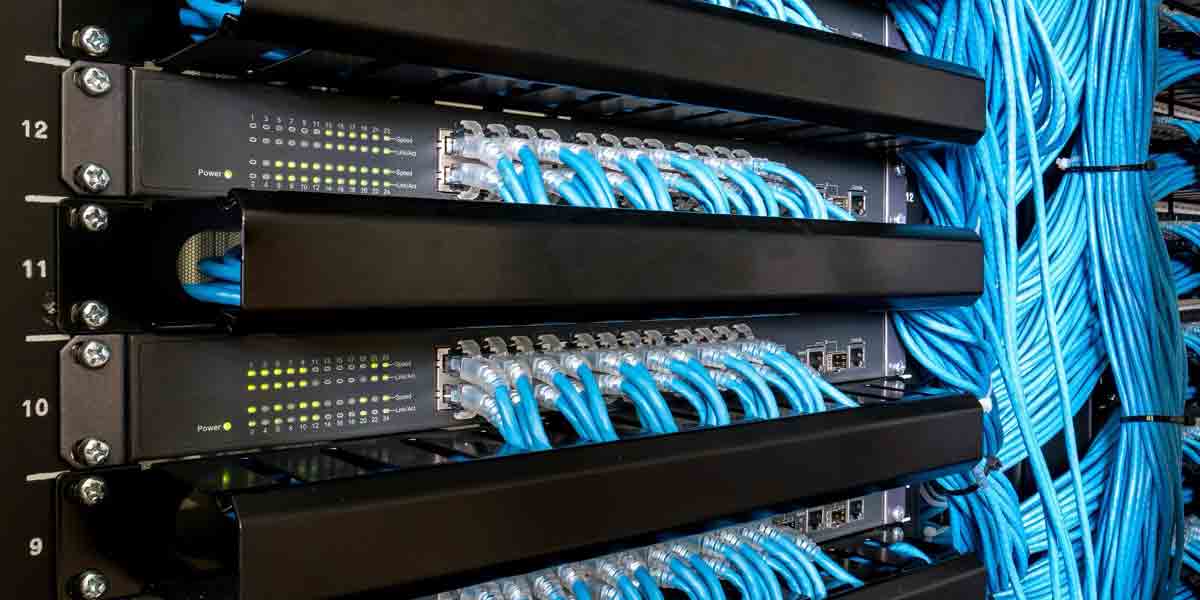What are the systems of structured cable networks?
Structured cable network (SCM) is a complex engineering system that serves to transfer energy and information between signal generation devices (electrical energy) and consumer (user) devices at facilities connected to the cable line. With the help of SCM, many information and energy-bearing services are connected into a single network that operates on the general principles of signal transmission, energy supply, as well as control, management and protection. There are two main types of SCM: low-current and power. The power network is used for power supply of electrical devices at the facility. Low-current networks are used to exchange information and transmit command signals to executive equipment.
Types of SCM
Modern SCM of almost all office or industrial facilities include the following subsystems:
- electric power;
- lighting;
- computer;
- telephone;
- WHERE;
- firefighters;
- security;
- video surveillance;
- notification.
Among them, power supply and lighting networks are included. The rest require a low voltage of the electric current and belong to the low-current ones.
Power supply and lighting network Its main components are:
- electrical panel;
- switchboard equipment (automatic devices, RCDs, electricity metering devices);
- wires;
- connecting and distribution equipment (boxes);
- terminal devices (sockets);
- consumer equipment (lamps, lamps, household and other equipment that needs to be repaired).
Implementation of the energy supply network requires careful preparation and compliance with numerous state and industry regulatory norms, standards, and rules. And also coordination of project documentation, including with the energy supplier company.

Information network and its characteristic features
This is a low-current support cable network created using a twisted pair cable. As a rule, it serves to organize not only the computerized infrastructure, but also the connection into a single system of any devices that serve to transmit, receive, process and control information signals.
The laying of low-current networks inside the object is carried out using cable channels, trays, corrugated pipes, other supporting structures, as well as with the use of screeds behind the false ceiling.
RJ-45 connectors serve as end devices, patch panels are used as connection points on the other side. Switching can be done in two ways:
- patch cords to the switch, hub and subscriber devices;
- directly into the equipment intended for the user (computer, switch) using TRS or RJ-45 connectors.
Telephone network and its features
Built on the basis of a multi-pair cable using RJ-11 connectors, cross panels, telephone cable (colloquially called “noodles”).
As a rule, it is closely integrated with the information network to optimize management and control.
Also, the telephone system includes devices designed for the user – telephones and PBX, which provides automatic switching, internal communication between subscriber devices, other functions (for example, answering machine, automatic dialer).
SCUD and its features
The access control and management system (ACMS) is designed to distinguish the rights of visitors to the facility and increase its security level.
It consists of readers, electromagnetic door locks, a control unit with controllers, a power supply unit, and a server that contains data about employees, events, access rights, and ACS operating modes.
Data on access rights are entered on the chip of the corresponding portable medium (card, key fob), which is issued to the regular visitor.
Complex progressive security systems also include barrier structures – turnstiles, metal detector frames, automatic barriers, gates and are equipped with biometric readers.
The simplest ECU is a system for opening the entrance door with reading devices, an exit button and an electromagnetic lock. They are usually equipped with an intercom or video intercom.
Fire network and its features
This is a complex system that controls equipment that reacts to smoke and ignition, as well as fire extinguishing.
As a rule, it is controlled in automatic or semi-automatic mode with the help of appropriate controllers that receive information from sensors, as well as operator commands from the central control panel of the fire department.
It is usually equipped with fire alarm subsystems (voice, visual, acoustic), which are connected to a backup (emergency) power supply.
When designing a fire network, it is important to take into account the specifics and composition of expensive equipment in the room, especially in the server room (in particular, its sensitivity to fire extinguishing agents), the presence and composition of auxiliary life support systems (for example, ventilation and air conditioning).
Security network and its features
The task of this SCM is obvious – detection of unauthorized entry into the territory or premises, warning the operator of the security system or the owner via selected communication channels (SMS, voice message, broadcast of the signal from video cameras), initiation of the appropriate reaction (activation of acoustic or light alarms, closing of blocking devices) .
Security networks can differ significantly in scale and composition, depending on the risks, the degree and type of threats, the type of object and its purpose. The simplest option is penetration sensors installed on door or window openings, control and reception devices, communication devices. As a rule, combined security systems, including a number of sensors of various types and a computerized control subsystem, are installed at regular or large commercial facilities.

Video surveillance network and its features
As a rule, it is part of a large-scale security system or can be used separately at private and small commercial facilities.
There are two types: digital and analog. Data transmission from the cameras is carried out via coaxial cable, fiber optic cable or twisted pair cable. An independent back-up power supply should also be arranged. The cameras are connected to the video recorder. “Manual” management and monitoring is carried out by operators through a central console with a monitor.
Instead of recorders, a video server with the appropriate software can be used, which provides the functions of automatic video capture, camera movement, changing the video recording mode in different lighting, responding to certain events according to the specified protocols and settings.
